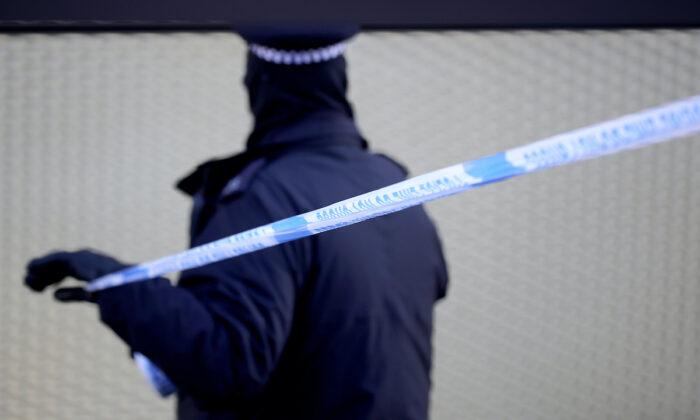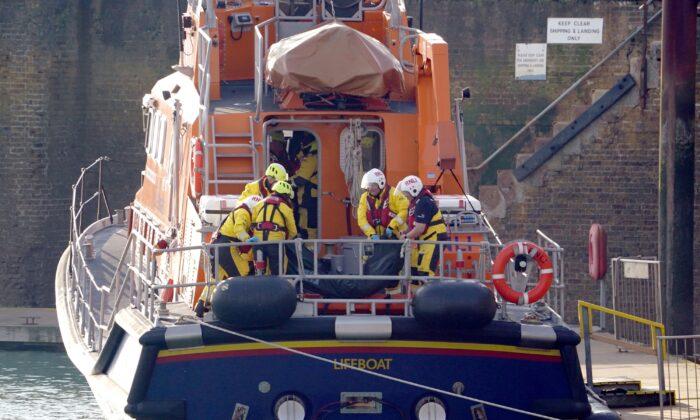Police have issued an urgent warning after a wartime shell was pulled out of a river in Kent, southeast England, only to have disappeared by the time authorities arrived.
They are concerned someone may have taken the shell home after finding it on a wall.
The meter-long shell was found by a person fishing in the river in Dartford on Sunday afternoon and then put on a wall, Kent Police said in a
statement. By the time the police had arrived—12 minutes after being called out—the shell had disappeared.
The cylindrical shell could not be found despite an extensive search at the scene, they said.
Kent Police Inspector Shona Lowndes said in the Nov. 23 statement, “Explosive experts have not yet had the opportunity to inspect and assess whether this item is harmless or poses any dangers.
“We cannot discount that someone may have picked it up and perhaps taken it home or left it somewhere else. Anyone who has had contact with this item, or knows of its whereabouts, is urged to contact police immediately.”
Kent police said that the Explosive Ordnance Disposal Unit had been notified and after viewing a video believe the item may be a wartime shell.
Unexploded ordnance are still found on a weekly basis in the UK, although no one has been killed by any such device detonating for several decades, according to unexploded ordnance specialist ZeticaUXO.
But World War II bombs still have the potential to explode and have caused fatalities in the past.
“There have been numerous incidents since the war, most of them occurring on the European continent,” according to a ZeticaUXO fact sheet (
pdf). “The most infamous example occurred in September 1994 in Berlin, when a piling rig hit a UXB [unexploded bomb] and killed 3 people and seriously injured 8 others.”
Most unexploded ordnance in the UK is buried less than 10 metres down, but in soft silt, it can reach a depth of 20 metres.
But many did not go straight down, but headed sideways.
“Many unexploded bombs do not penetrate straight into the ground, but more commonly conform to a ‘J-Curve’—ending their trajectory at a lateral offset from point of entry,”
according to 1st Line Defence, another company that recovers unexploded ordnance.
“Some of the recent UXBs uncovered in London were found under buildings which pre-dated the war. It is thought that they fell into adjacent ‘bomb sites’ unnoticed and unrecorded.”






Friends Read Free